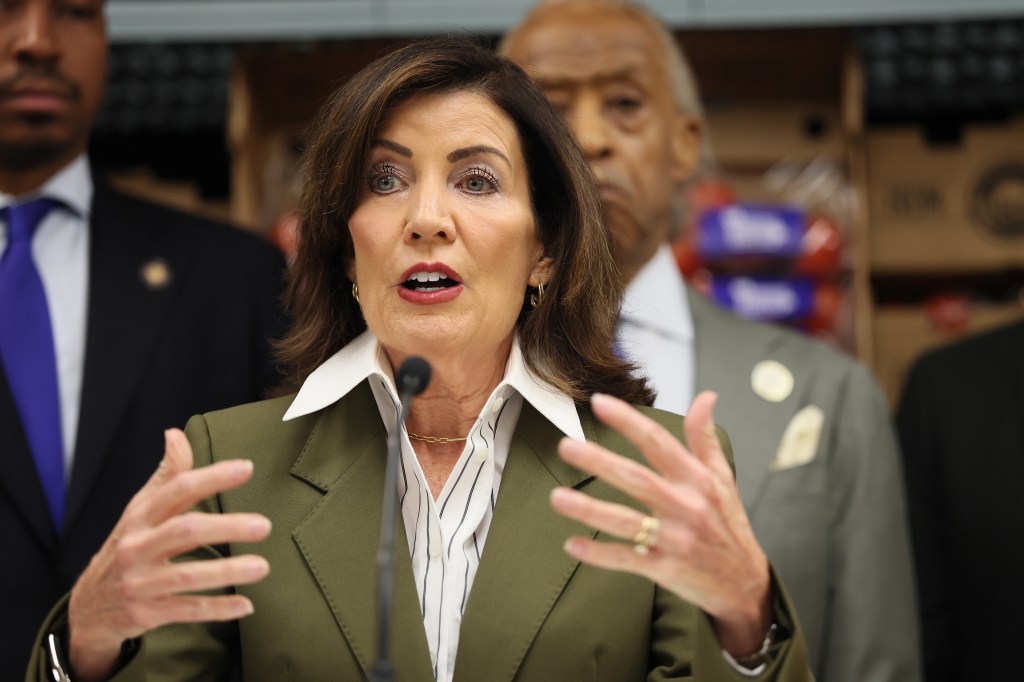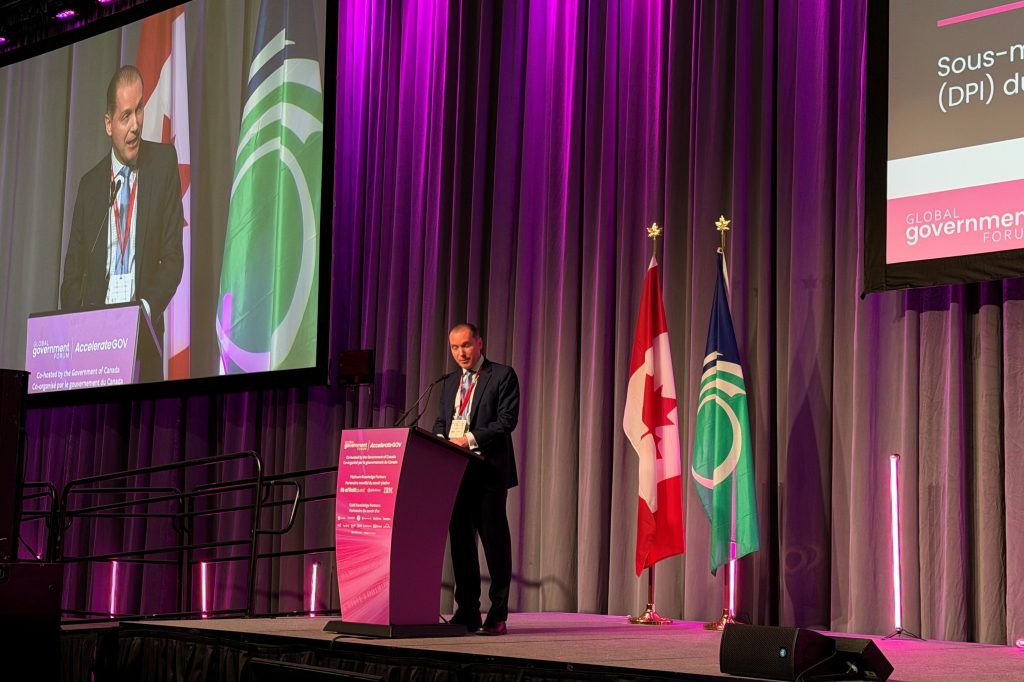Despite steady income levels, American households are increasingly struggling to make ends meet. The 2024 National Financial Capability Study from the FINRA Foundation shows a reversal of over a decade’s worth of post-crisis progress.
Rising costs, particularly for food and other essentials, have eroded financial stability across income levels. Middle-income
Register for free to keep reading
To continue reading this article and unlock full access to GRIP, register now. You’ll enjoy free access to all content until our subscription service launches in early 2026.
- Unlimited access to industry insights
- Stay on top of key rules and regulatory changes with our Rules Navigator
- Ad-free experience with no distractions
- Regular podcasts from trusted external experts
- Fresh compliance and regulatory content every day














